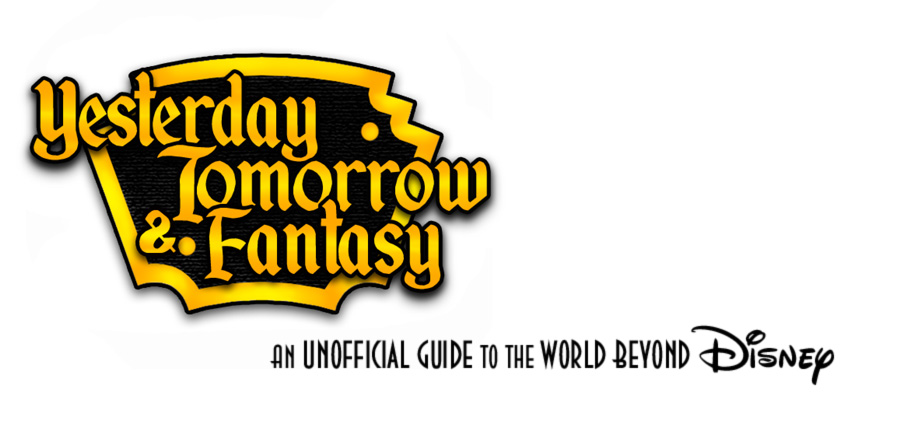Ashley and I recently downloaded two new games from Disney Interactive:
Disney Enchanted Tales and
Disney Magic Kingdoms. Both follow the pattern of many app games, in which one places buildings and decorations on a playing field in response to missions that get you more tokens with which to buy and place more buildings. For those without patience, they offer special tokens for real money that finish these missions more quickly and allow you to buy special buildings. Not all such games are made equal, so how do these measure up?
Both are enjoyable enough, though
Magic Kingdoms offers you more to do at a time. It has become a running joke between us that
Enchanted Tales is a game you play for 30 seconds at a time, once every half hour. By the time you collect tokens and set your characters on their various tasks, you've frittered away maybe a minute at most, and you can go do other things.
Magic Kingdoms has a short enough turnover that you can play for a little longer before setting one character or another building on an optional four hour mission, slipping on your shoes and coat, and going to work. Of course, you
could play
Enchanted Tales for longer if you wanted to pay to do so, but who wants to do that?
In
Magic Kingdoms, the slightly newer of the two, you have been tasked with cleansing a generic Disney park of an evil curse put on it by Maleficent and replacing the different rides, so you can attract guests, and harvest them for "Happiness" which in turn allows you to lift more of the curse. As you go along, more characters, areas, and rides are unlocked.
Unfortunately,
Magic Kingdoms doesn't deliver on the implications of the original D23 announcement, which was that it was essentially a Disney-branded form of
Roller Coaster Tycoon. Armchair Imagineers might salivate at the idea of building their own Magic Kingdom exactly the way they want it, with all the rides they want.
Magic Kingdoms doesn't allow that. Because of the nature of this type of game, you're stuck building what they tell you to build and doing what they tell you to do, with your only real input being
where you place things. I've already had to place my first Pixar attraction, which has already disproved the advertising jargon. No
Disney park of
my dreams would have a
Pixar ride in it.
Magic Kingdoms aesthetics are fine for the most part, if a bit too cutesy in some places. It's a chunkier, more plastic looking, "Little People" version of a Disney park. It actually seems to most closely resemble the concept art for Shanghai Disneyland's tacky "Mickey Avenue." The rides are an amalgam of attractions from different parks, with a few generic classics (Space Mountain) and some specific references (Alice's Curious Labyrinth, the Disneyland Paris It's a Small World facade, Mickey's Fun Wheel). I just wish these aesthetics were applied to a game more like
Roller Coaster Tycoon, with more flexibility and creativity.
Even though
Enchanted Tales can only be played for 30 seconds at a time, it is a much cuter game with a more robust aesthetic. The premise is that after the "Happily Ever After," a little girl's quilted bedspread comes alive with magic, on which these fairy tales continue to unfold never-ending. The game allows you to choose from two stories,
Beauty and the Beast and
Frozen.
Being who we are, we of course chose
Beauty and the Beast. Missions give you tokens with which to buy buildings and decor for Belle's village and the Beast's castle, which are stitched into the quilt. The characters are rendered in a charming, cartoony style, while the buildings and decor have a very cute quilted look. A close inspection of the trees and sheep show that they are sewn together like living dolls. It's an absolutely darling concept. The missions are filled with little jokes and references that make them equally adorable. For example, you can make Gaston "stomp around wearing boots" or make the bookseller "match wits with Gaston" in a chess game.
Between the two games, we've found
Enchanted Tales to be the more engaging thanks to these sorts of references and the more ingenious aesthetic.
Magic Kingdoms is also being judged against what one thought it was going to be versus what it actually ended up being, which is a hard stick to be measured by. We had no preconceptions coming into
Enchanted Tales, to its benefit. Our interest in
Magic Kingdoms is already waning, but we'll probably still keep playing both until we reach that point in all such games where you've done everything and gotten everything that you don't need to pay for and there's nothing left to do but tap on a bunch of buildings to collect tokens that you can't spend anyways.









